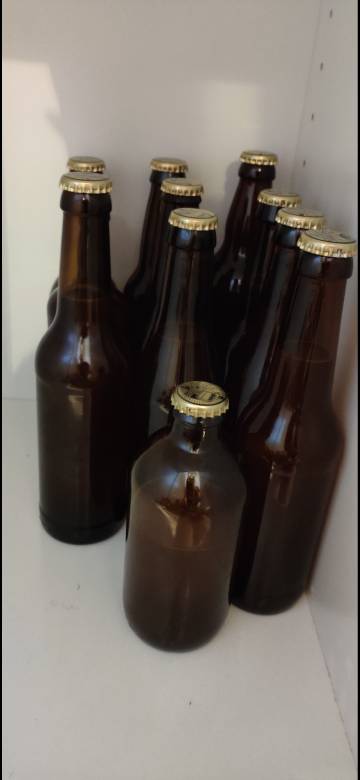HemanBrew
Well-Known Member
- Joined
- Dec 16, 2019
- Messages
- 108
- Reaction score
- 38
I used us-05 yeast that should have attenuation of 73—77%.
I counted that my attenuation was 68%.
But I bottled it anyway.
OG 1.080
FG 1.024
With 73% attenuation the FG should have been 1.020.
Fermented in primary for 3 weeks at 20C°.
It was a one-gallon-batch.
So what do you think? Does this seem normal or did I just created boms???
I counted that my attenuation was 68%.
But I bottled it anyway.
OG 1.080
FG 1.024
With 73% attenuation the FG should have been 1.020.
Fermented in primary for 3 weeks at 20C°.
It was a one-gallon-batch.
So what do you think? Does this seem normal or did I just created boms???



